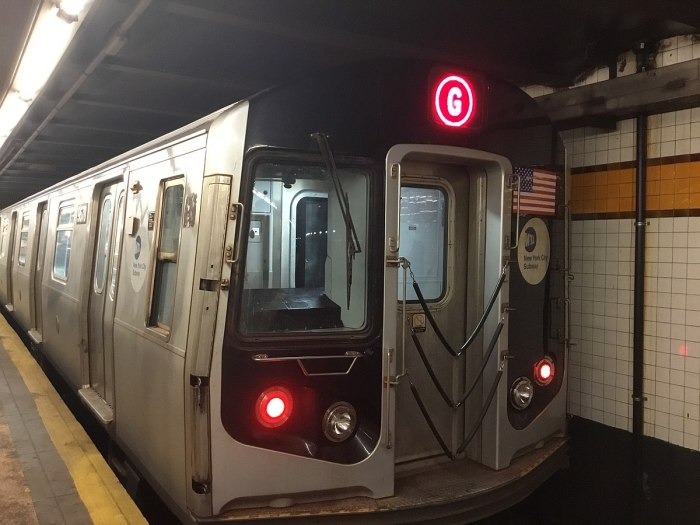This just in — there is a backside of this year’s ballot.
I don’t mean to make light of this. There are three state constitutional amendments on the second side of the ballot, along with two Suffolk County propositions and one for Southampton Town residents.
But because voters had to physically flip the ballot to see the propositions, concerns abounded that many simply would miss the props.
It certainly didn’t help to have poll workers like the person who handled my ballot Tuesday morning. As he gave it to me, he told me to fill out the first side, then noted, “There’s stuff on the other side, but you don’t have to do that.”
The propositions actually were pretty important. Among the state initiatives was a controversial one dealing with redistricting (it purported to create a better process to draw electoral lines but it really doesn’t, we can do better) and another that would let the state borrow $2 billion for technology for schools (much of which will be obsolete long before the bonds are repaid).
Ironically, ballot propositions in other states were not only not being overlooked, they were deemed so important and/or controversial that they were seen as potentially driving extra voters to the polls.
Voters in Florida were asked to approve medical marijuana, while Oregon, Alaska and Washington, D.C., were considering legalizing recreational marijuana. Oregon and Colorado residents voted measures to require foods with genetically modified ingredients to be labeled as such, four states considered minimum wage hikes, and Washington state residents voted on one measure that would require universal background checks on gun purchases and another measure that would prohibit universal background checks (polling and fundraising suggested the first would pass).
California, however, wins the prize for controversy — if you measure that by how much money is raised to fight and support propositions. According to The Washington Post, more than $130 million had been raised — mostly from doctors, insurers and lawyers — to fight two proposals that would change the state’s health care system. One would require random drug and alcohol tests of doctors and more than quadruple limits on pain-and-suffering awards in malpractice lawsuits. The other would require insurers to get state approval before doing anything that would change rates.
So, we can hope voters turned over the ballot to fill in those circles as well. The propositions will continue to have impact long after the people you voted for on the first side are gone.






























